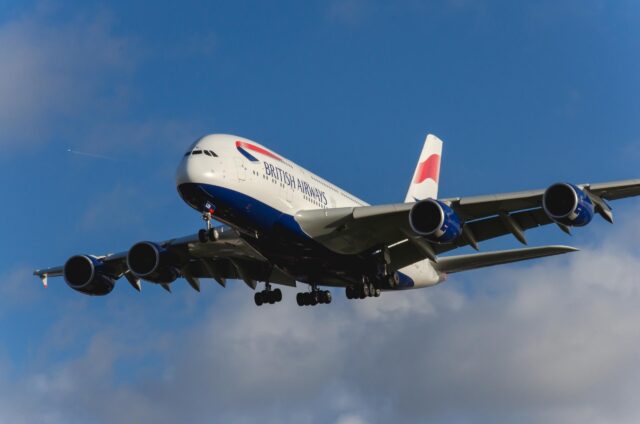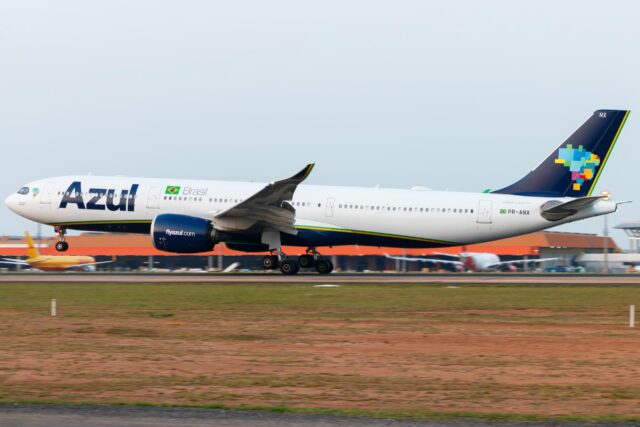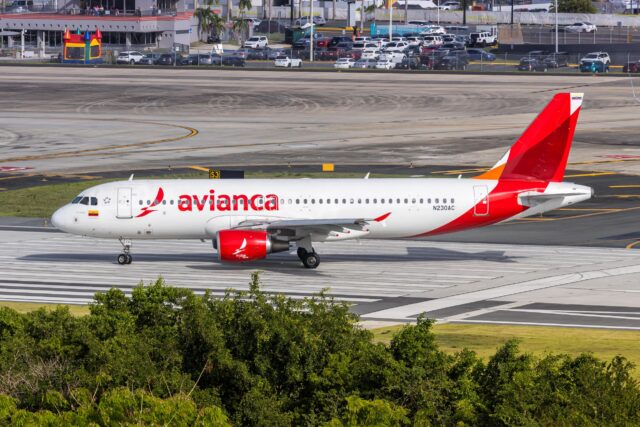The 6 leading Collaborative Combat Aircraft platforms to watch beyond DSEI 2025

September 7, 2025

As the UK prepares to host the world’s largest defence expo – DSEI 2025 – AGN reviews some of the most promising CCA platforms in development. The aircraft below are in no particular order. These represent very different sizes, weights, and capabilities for different missions.
Stay up to date with the news from DSEI with our dedicated page.
1. Anduril YFQ-44 ‘Fury’
The United States is rushing the development of its Collaborative Combat Aircraft (CCA) programme. The CCA initiative is part of the Next Generation Air Dominance programme (NGAD) that includes the manned 6th-generation F-47 fighter jet.
In 2024, the United States Air Force was so impressed with Anduril’s YFQ-44 Fury demonstrator that it was selected alongside a General Atomics demonstrator.
- Range: Unclear
- First flown: TBA (demonstrator flight in 2024)
- Max take off weight: 5,000 lbs
- Powerplant: 1 × Williams FJ44-4M turbofan

The YFQ-44 is intended to augment crewed fighter jets like the F-35, F-22, and upcoming F-47 and will come with Anduril’s manned-unmanned teaming (MUM-T). The Air Force is planning to bring the Fury into service before the end of the decade.
The first fighter jet to have CCAs is to be the F-22 Raptor, although it is unclear which CCA type it will be initially paired with.
2. General Atomics YFQ-42A
The General Atomics YFQ-42A is the other winning aircraft selected for Increment I CCA. After flying the demonstrator in 2024, General Atomics has rapidly developed the YFQ-42A prototype and first flew it in August 2025 after ground testing started in May.
General Atomics says the YFQ-42’s autonomy core has been trained across more than five years of flight testing using its existing MQ-20 Avenger uncrewed aircraft.
- Range: Unclear
- First flown: 2025
- Max take off weight: Unclear
- Powerplant: Unclear

General Atomics is one of the world’s leading uncrewed aircraft companies and builds more than 100 aircraft annually at Poway, California. Like Fury, the YFQ-42 is being developed as an advanced multi-mission platform able to significantly leverage manned fighter jets’ capabilities.
3. Boeing MQ-28 Ghost Bat
Australia, with Boeing Australia, is also rapidly developing its own advanced loyal wingman drone; the MQ-28 Ghost Bat.
The Ghost Bat first flew in February 2021, and by March 2025, the prototype aircraft had flown over 100 test flights. The aircraft flew in public in September 2025 for the first time, and on 5th September, Boeing stated it was four months ahead of schedule.
- Range: Over 3,700 kilometres
- First flown: 2021
- Max take off weight: 21,605 lbs
- Powerplant: Likely Williams FJ44 or Pratt & Whitney Canada PW300

The programme will soon move forward to teaming with crewed assets like Australia’s E-7 Wedgetails and F-35 Lightning IIs. The Ghost Bat is the first Australian-developed aircraft in more than half a century. It will have a range of over 3,700 kilometres and is to be a pathfinder for the integration of autonomous systems and AI to create smart human-machine teams.
4. Kratos XQ-58 Valkyrie
The Kratos XQ-58 Valkyrie was developed for the United States CCA program, but was considered insufficient for USAF requirements. Still, it has been a leading experimental aircraft for the USAF to develop its CCA doctrine and requirements.
Recently, a new milestone was passed with F-15s and F-16s controlling multiple XQ-58 drones.
- Range: Over 4,800 kilometres
- First flown: 2019
- Max take off weight: 6,000 lbs
- Powerplant: 1 × Williams FJ33 turbofan

Internationally, Kratos has reached an agreement with Airbus to rapidly develop a version of the aircraft for the German Air Force using internal Airbus systems. The rail-launched aircraft has a range of over 4,800 kilometres and has been flying since March 2019, making it one of the oldest flying examples of its kind.
5. Bakyraktar Kızılelma
The Turkish Bayraktar Kızılelma is a low-observable unmanned combat aerial vehicle now entering serial production. The aircraft has been developed by the Turkish defence company, Baykar, which is one of the leading UAV companies in its field. Baykar claims to have 65% of the market for the relevant range of comparable drones.
- Range: Unclear (930 km combat range)
- First flown: 2022
- Max take off weight: 18,700 lbs
- Powerplant: 1 × Ivchenko-Progress AI-322F Turbofan engine

The Kızılelma is being designed to operate from Turkey’s future massive drone carrier that is now entering construction. It has also emerged as one of the leading candidates for the UK/Italy/Japan GCAP/Tempest sixth-generation fighter in development. While the USAF NGAD program includes the CCA component, the GCAP program does not.
6. HAL CATS Warrior
India is developing its own CCA aircraft, and after four years of displaying a mock-up, Hindustan Aeronautics Limited (HAL) exhibited the real CATS Warrior for the first time in early 2025. In January 2025, HAL announced the first successful engine ground test of the first full-scale demonstrator.
- Range: 700 km
- First flown: Planned 2025/2026
- Max take off weight: Perhaps up to 4,400 lbs
- Powerplant: 2 × HAL PTAE-7 turbojet engines

The first flights are tentatively scheduled for late 2025 or early 2026. Whereas most CCAs are powered by a single engine, the demonstrator is powered by two HAL PTAE-7 turbojet engines. The aircraft is part of India’s greater drive to develop domestic fighter jets, fighter jet engines, and overall achieve more independence from reliance on military imports.
Other notable CCA programs
There are many other significant CCA programs in development around the world, and it’s not possible to list them in detail. Some of these programs are top-secret, and little is known about them. Some are only known from the recent parade, and it’s unclear if they are fully functioning or mock-ups.
It's called "Unmanned Air Superiority Fighter" "无人制空作战飞机"
— Húrin (@Hurin92) September 3, 2025
So will use UASF onwards for this large tailless CCA with EOTS/DSI until we get an official designation https://t.co/oBb8zUIaz1 pic.twitter.com/yPbcoB0CrX
In 2024, Russia fielded its massive Sukhoi S-70 Okhotnik-B in combat for the first time, although it malfunctioned and was deliberately shot down by a Russian Su-57. In 2024, it was announced that France’s Dassault had started work developing an advanced uncrewed aircraft to complement the Rafale by 2033.
- Russia’s Sukhoi S-70 Okhotnik-B
- France’s Dassault CCA (started with the nEUROn program)
- China’s “Unmanned Air Superiority Fighter”
- China’s GJ-11 Sharp Sword
- China’s Feihong FH-97
- South Korea’s KAI CCA
- United States’ Scales Composites Model 437 Vanguard

China is known to be developing several types of CCA drones of varying levels, but little can be said about them as they are secretive. In the September 2025 parade, China unveiled a very large low-observable tailless unmanned aircraft that is around the size of China’s J-10 medium-weight fighter jet.
According to The War Zone, the design of the aircraft points to being a high-performance uncrewed stealth fighter, possibly higher performance than anything else on this list.
















